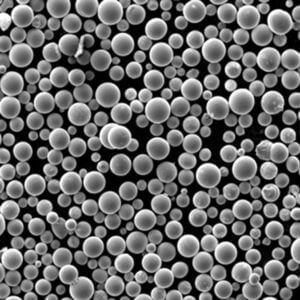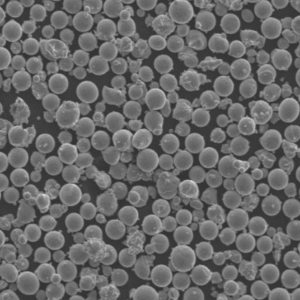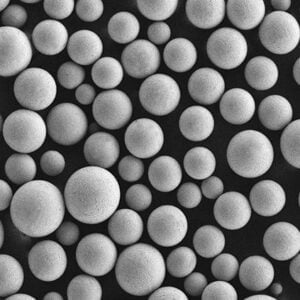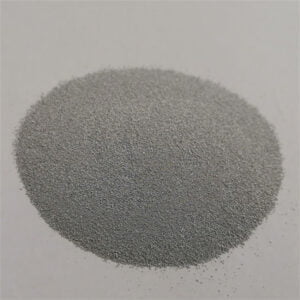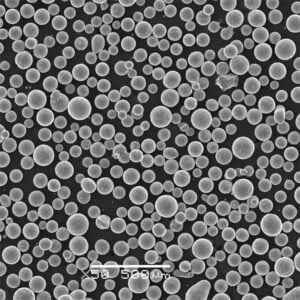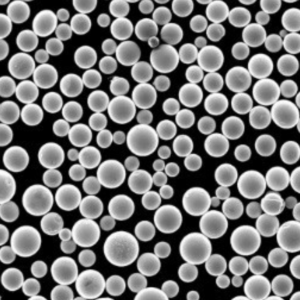Kovové prášky HIP
Obsah
HIP or hot isostatic pressing uses heat and pressure to consolidate biocompatible metal powders into complex shapes suitable for hip replacement implants needing a balance of strength, longevity and bone integration ability. This guide covers key alloy types, production methods, characteristics, applications, specifications and comparisons of HIP metal powders for hip implants.
Přehled o HIP Metal Powders for Orthopedics
Hot isostatic pressing provides near net shape consolidation of precursor metal powders while retaining customizable material properties necessary in joint replacement implant components needing to support human biomechanical forces.
Standard alloys pressed into hip socket shells, femoral stems/heads and acetabular cup liners via the HIP technique include:
- Cobalt chromium alloys – high strength with metallic biocompatibility
- Titanium alloys like Ti6Al4V ELI – lower modulus than steel matching bone
- Stainless steel powders – highest ductility and fracture toughness
- Tantalum alloys – enhanced bone in-growth with porous constructs
These alloy powders are compacted into complex shapes using combinations of elevated temperature exposure (up to 2000°C) and isostatic pressure (100 to 300 MPa) in specially designed HIP vessels to produce precise medical hardware.
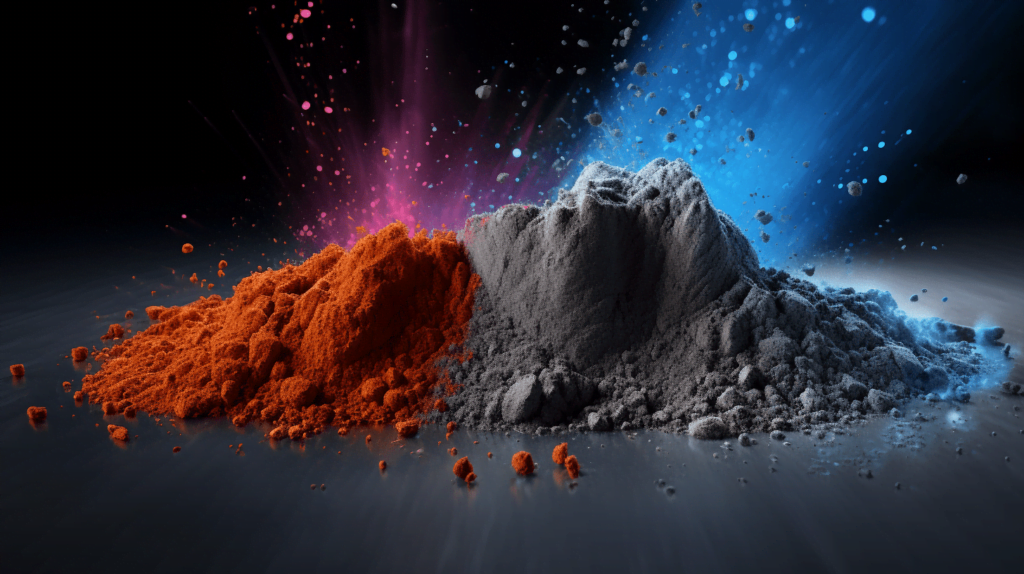
Types of HIP Metal Powder Alloy Compositions
Tabulka 1: Common standard compositions and material attributes
| Typ slitiny | Typické složení | Klíčové vlastnosti |
|---|---|---|
| Kobaltové slitiny | Co-28Cr-6Mo Extra low carbon grade | Excellent wear resistance; high UTS and hardness |
| Titanové slitiny | Ti-6Al-4V Vanadium free grade | Low density; moderate strength; bio-inertness |
| Nerezová ocel | Custom 316L blends Nitrogen enhanced | High ductility and fracture toughness; Biocompatible |
| Tantalum Alloys | Ta-10W | Porous bone in-growth ability; bio-inert; radio-opaque |
Strict controls during powder production and hot pressing ensures high purity, essential for long term implant performance without accelerated wear or corrosion.
Výrobní metody pro HIP Metal Powders
Tabulka 2: Key powder fabrication techniques to make raw materials
| Metoda | Popis | Charakteristika |
|---|---|---|
| Atomizace plynu | Inert gas breaks up metal stream | Spherical particle shape distribution |
| Plazmová atomizace | Plasma energy used for disintegration | Finer <50 micron powder sizes |
| Hydrogenation-Dehydriding | Alloying via hydrogen absorption-removal | Softer powder fabricability |
| Elektrolytické | Controlled uneven metal electrolytic deposition | Resultant porous structure |
| Vstřikování kovů | Binder mixing and shaping before HIP | Complex net shape capability |
While gas atomized pre-alloys offer moderate production rates and control over impurities like oxygen, the newer plasma atomization and metal injection molding with binders allow smaller size distributions for finer medical hardware geometries needed.
Charakteristika a vlastnosti
Tabulka 3: Typical technical properties for HIP orthopedic implant metal powders
| Vlastnictví | Měření | Popis |
|---|---|---|
| Složení | Makrowser Spectrometer | Verifies alloying percentages |
| Velikost částic | Difrakce laseru | Distribution P80% level |
| Tvar částic | Zobrazování pomocí SEM | Sphericity consistency affects press density |
| Průtoky | Hallův průtokoměr | Angle of repose indicates cohesiveness |
| Hustota poklepání | >90% theoretical achievable | Higher values improve consolidation |
| Povrchový oxid | Energeticky disperzní rentgenová spektroskopie | Minimized for biocompatibility |
| Tvrdost | Post sintered Rockwell | 54-65 HRC for hip alloys |
| Pevnost v tahu | 750-1300 MPa | Needed to support body dynamic loads |
| Modul pružnosti | 50-200 GPa | Matching natural bone avoids stress shielding |
| Velikost zrna | 1-5 mikronů | Finer is better; indicates uniformity |
Besides chemical purity, the factors critically determining performance – optimum particle packing during HIP runs, avoidance of internal porosity in finished hardware, fine microstructural uniformity assisting surface finishing.
Aplikace z HIP Metal Powders in Orthopedics
Tabulka 4: Major implant device applications
| Komponenty | Alloy Choices |
|---|---|
| Femoral heads | Cobalt alloys, stainless steel |
| Acetabular cups | Titanium alloys, tantalum porous constructs |
| Stems, sockets | Titanium alloys, cobalt alloys |
| Bone plates, Screws | Prášky z nerezové oceli |
| Zubní implantáty | Titanium alloy and Ta-W alloy powders |
| Spinal, maxillofacial sections | Cobalt alloys, tantalum alloys |
HIPping enables fabrication of monolithic one-piece implants not possible through forging, casting or machining – improving reliability and osseo-integration.
The tailored combinations of strength, ductility, corrosion resistance bio-compatibility and imaging characteristics make hot isostatic pressing the technique of choice for producing complex joint replacement devices.
ISO Standards for HIP Orthopedic Alloy Powders
Tabulka 5: Key global standards followed by orthopedic HIP metal powder specifications:
| Standard | Materiály | Validation Aspects |
|---|---|---|
| ASTM F75 | Kobaltové slitiny | Chemistry, mechanical properties |
| ISO 5832-4 | Kobaltové slitiny | F75 equivalence verified |
| ASTM F1108 | Kobaltové slitiny | Loose powder testing methods |
| ISO 5832-11 | Titanium/tantalum alloys | Chemistry, toxicity |
| ASTM F1580 | Slitiny titanu | Powder production method focus |
| ASTM F138 | Nerezové oceli | Steel chemistry, grain sizes |
| ISO 5832-1 | Nerezové oceli | Specification for surgical grade |
These give guide target chemistry ranges, permissible impurities, porosity limits, advisable powder production routes, raw material traceability needs, plus post-HIP performance benchmarks and biological reactivity thresholds ensuring patient safety and device efficacy over long implanted lifespan.
Krajina dodavatele
Tabulka 6: Major global suppliers and powder price ranges:
| Společnost | Materiály | Cena za kg |
|---|---|---|
| Carpenter Technologies | Kobalt, titan | $90-120 |
| ATI | Titanium, Tantalum, Cobalt | $100-150 |
| Praxair | Kobalt, titan | $70-100 |
| OSAKA Titanium Technologies | Titanium, Tantalum alloys | $80-130 |
As hip replacement demand rises with aging populations, additional plasma atomization capacity is expected to come online lowering powder costs. Currently dollar value kilo prices depend on order volumes and exact composition.
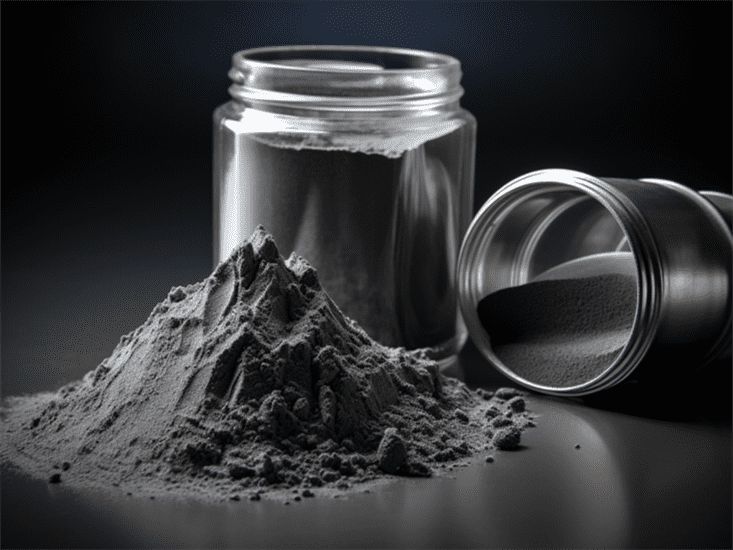
Comparative Pros and Cons vs Alternatives
Tabulka 7: HIP implant alloys versus other material options like polymers and ceramics
| Klady | Nevýhody |
|---|---|
| Higher fatigue strength and fracture resistance | Metal corrosion/ion risks needing mitigation |
| Withstand cyclic biomechanical stresses | Limited for younger more active patients |
| No toxic debris; stable interface | Costlier than other options |
| Work better for larger patients | Can interfere with medical imaging |
For the elderly with lower activity levels, the advantages of long term metallic construct survivability and bone in-growth offered by hip alloys outweigh potential downsides relative to other material choices still evolving for reliability over decades.
FAQ
Q: How often are HIP metal powder based hip implants used relative to other materials?
Metallic alloys still constitute almost 70% of total hip arthroplasties in patients over 60 years old given clinical history, though use of polymer and ceramic alternatives is rising in younger more active recipients.
Q: What post-HIP finishing steps prepare powders for medical device integration?
Typical post-HIP steps include – support removal via machining/polishing, passivation and sterilization techniques like Ethylene Oxide or gamma irradiation required for sterile surgical integration into patient anatomy.
Sdílet na
MET3DP Technology Co., LTD je předním poskytovatelem řešení aditivní výroby se sídlem v Qingdao v Číně. Naše společnost se specializuje na zařízení pro 3D tisk a vysoce výkonné kovové prášky pro průmyslové aplikace.
Dotaz k získání nejlepší ceny a přizpůsobeného řešení pro vaše podnikání!
Související články

Vysoce výkonné segmenty lopatek trysek: Revoluce v účinnosti turbín díky 3D tisku z kovu
Přečtěte si více "O Met3DP
Nedávná aktualizace
Náš produkt
KONTAKTUJTE NÁS
Nějaké otázky? Pošlete nám zprávu hned teď! Po obdržení vaší zprávy obsloužíme vaši žádost s celým týmem.

Kovové prášky pro 3D tisk a aditivní výrobu
SPOLEČNOST
PRODUKT
kontaktní informace
- Město Qingdao, Shandong, Čína
- [email protected]
- [email protected]
- +86 19116340731






